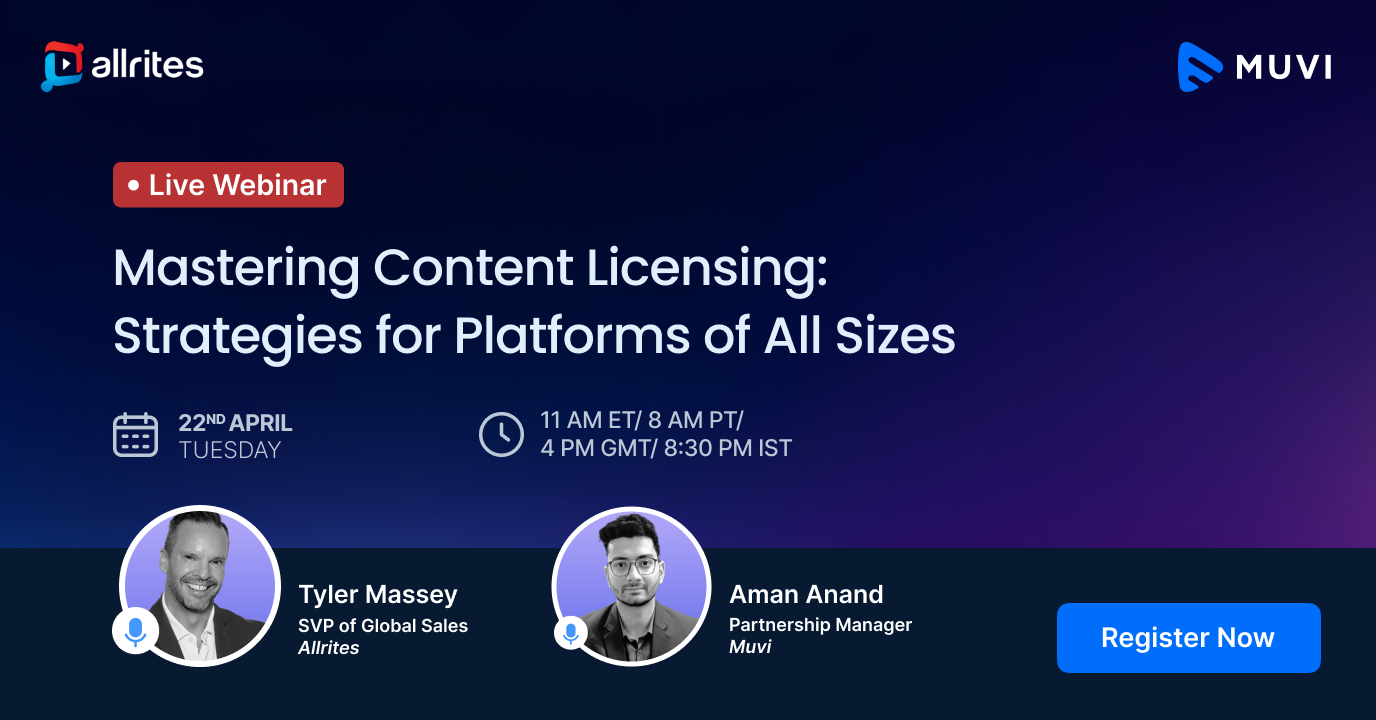Ad Network
Within the dynamic realm of the Streaming Industry, an "Ad Network" stands as a pivotal player in the digital advertising landscape, connecting publishers and advertisers to distribute ads across various streaming platforms efficiently. As intermediaries, ad networks aggregate ad inventory from multiple publishers and match them with relevant advertisers, ensuring optimal placement and revenue generation. These networks facilitate seamless transactions, enabling advertisers to reach their target audiences effectively while providing publishers with opportunities to monetize their streaming content. What Will…
Learn moreAd Server
What is an Ad Server? An Ad Server is a web based tool used by websites which want to display ads and are also called "publishers", Ad networks and advertisers to help with ad management, campaign management and ad trafficking. An ad server also provides reporting on ads served on the website. Finally, an ad server serves the creative side: this means that the ad server or ad serving company also delivers the ad to each user’s browser. An ad…
Learn moreHLS (HTTP Live Streaming)
Based on MPEG2-TS, HLS (HTTP Live Streaming) is Apple’s patented streaming format. It is an adaptive streaming communication protocol. Initially, HLS was used only for Apple devices. Now it is supported by other devices like Android-based smartphones. HLS works by splitting live streams into a sequence of smaller HTTP-based file downloads. Each download loading one small portion of an overall potentially unbounded transport stream. As the stream is played, the client may choose from several different alternate streams containing the same content encoded at…
Learn moreWhat is Chromecast
Chromecast is a media streaming device that plugs into the HDMI port on your TV. Simply use your mobile device and the TV you already own to cast your favourite TV shows, films, music, sport, games and more. Chromecast works with iPhone®, iPad®, Android phones and tablets, Mac® and Windows® laptops and Chromebooks.* Chromecast is an easy way to stream Movies, Videos, Music and games directly to your TV with just a single tap while your phone becomes a powerful…
Learn more


